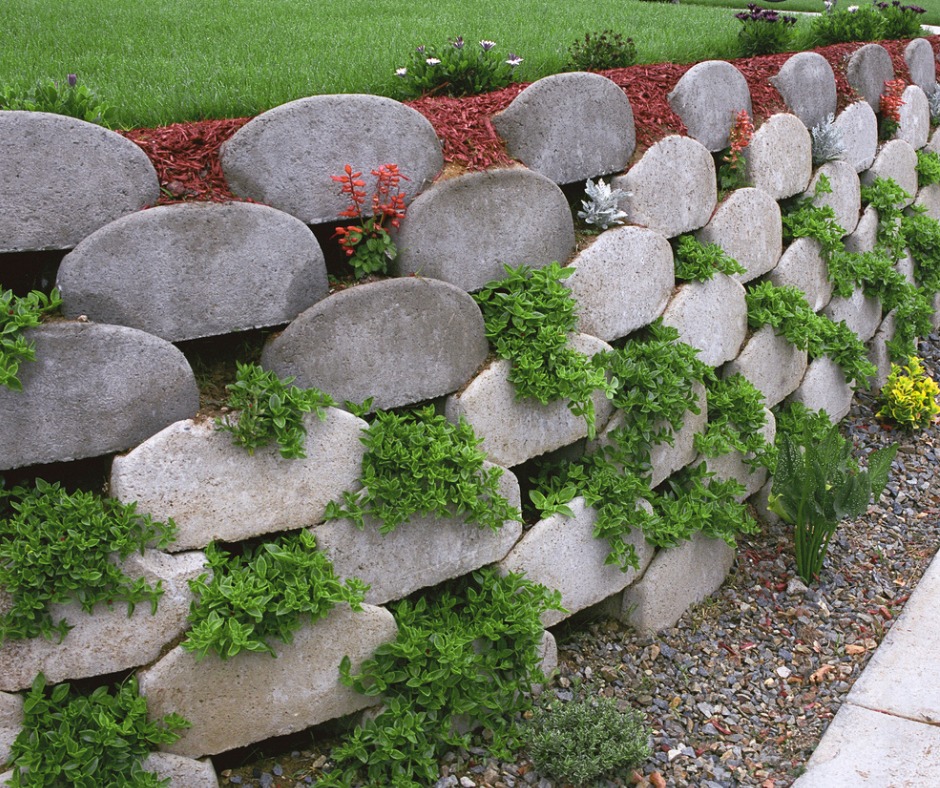Soil erosion on a slope or hillside is a major contributor to water runoff. Irrigation runoff transfers garden debris and agricultural pesticides into surface waters that supply our drinking water, the fish we consume, and water we swim in. So it’s very important that homeowners landscaping on slopes or hillsides take steps to protect their soil from erosion and runoff into watersheds downhill that feed surface waters.
Here are a few considerations that will help prevent soil erosion and runoff when landscaping on a slope or hillside:

- Landscaping with hardy shrubs and plants that require little watering will cover the soil and help prevent runoff.
- Using Mulch to cover topsoil and keep it secure.
- If topsoil is thin or rocky, vegetation may not be able to take root and grow.
- Sandy soils are loose and more likely to runoff than dense clay soils.
- When covering your slope or hillside with vegetation, know which plantings can survive in sun or shade.
- When irrigating a hillside, drip irrigation will release water into the soil slowly, reducing run-off and erosion.
- Using an Irrigation controller that offers advanced tools for implementing soak cycling.
Another creative solution would be to terrace the hillside to break up the slope and create stepped plateaus which will stop runoff from flowing straight downhill. Plant cover crops on stacked terraces to hold the soil, or perennial fruit trees that will take root in the soil to hold it firmly in place.
Slope stability is key to preventing erosion and run-off. Using Smart Irrigation to protect landscape and property with usage information, alarms and analysis helps achieve maximum visibility. Even without terracing, planting a slope or hillside with cover crops will protect soil from wind and water erosion, increase water filtration, and significantly reduce runoff downhill.

